Federal officials have sounded the alarm on new damage inside of the Glen Canyon Dam located on the Colorado River in Arizona.
The dam provides water and power to millions of people in the Western states; mainly Arizona, Southern California, Nevada, and Mexico.
Historical Context of Glen Canyon Dam
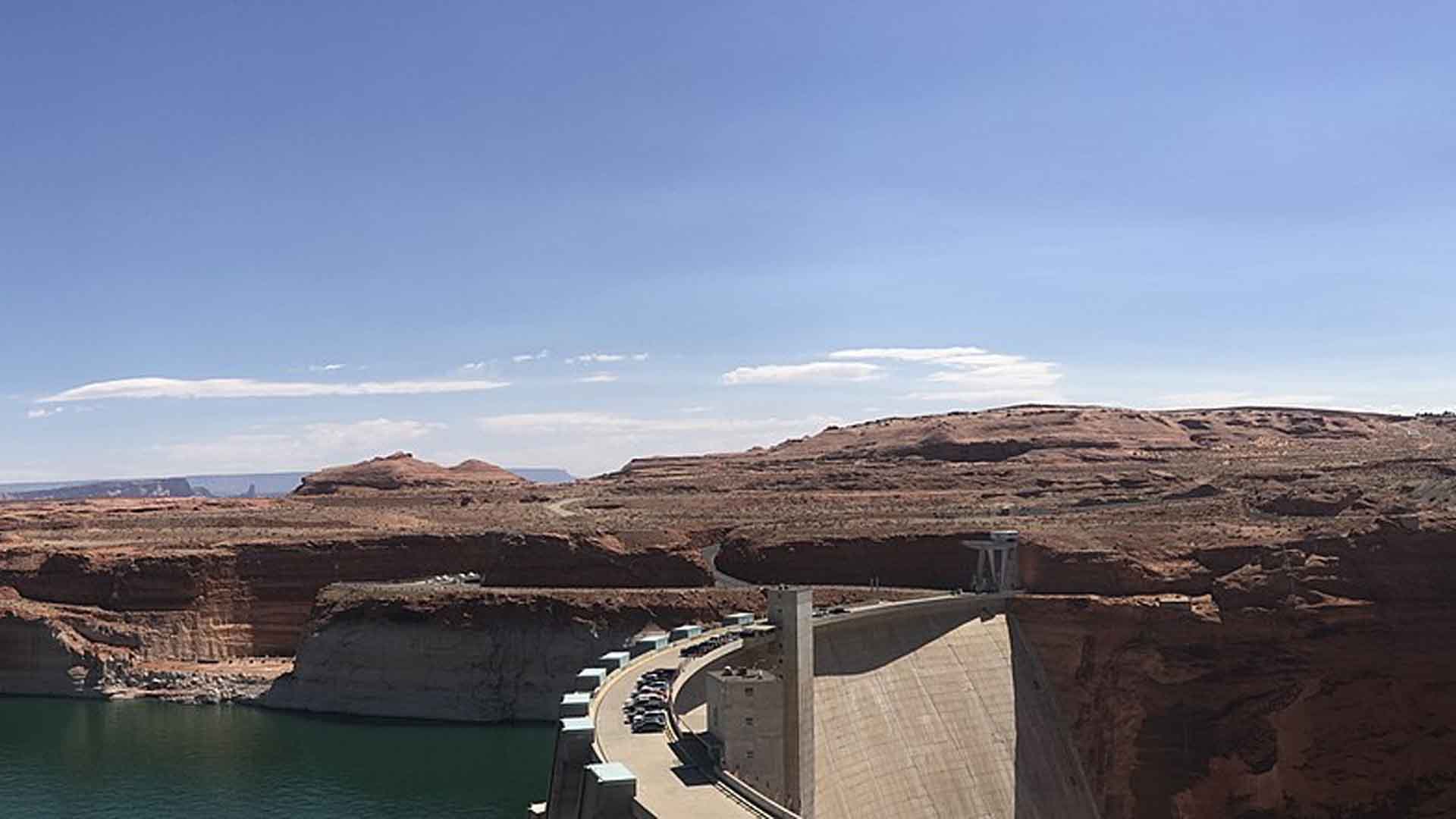
Constructed in the 1960s, Glen Canyon Dam was built to manage and distribute the Colorado River’s waters, powering economic development across the Southwest.
It forms Lake Powell, one of the largest reservoirs in the U.S., crucial for hydroelectric power production and water storage, ensuring a water supply even during dry years.
Making the Discovery

Recent inspections revealed significant wear and damage to the dam’s river outlet works.
The four 8-foot-wide steel tubes, vital for controlling water levels in Lake Powell, have deteriorated, compromising the dam’s ability to manage water flows effectively during low reservoir conditions.
Details of the Damage
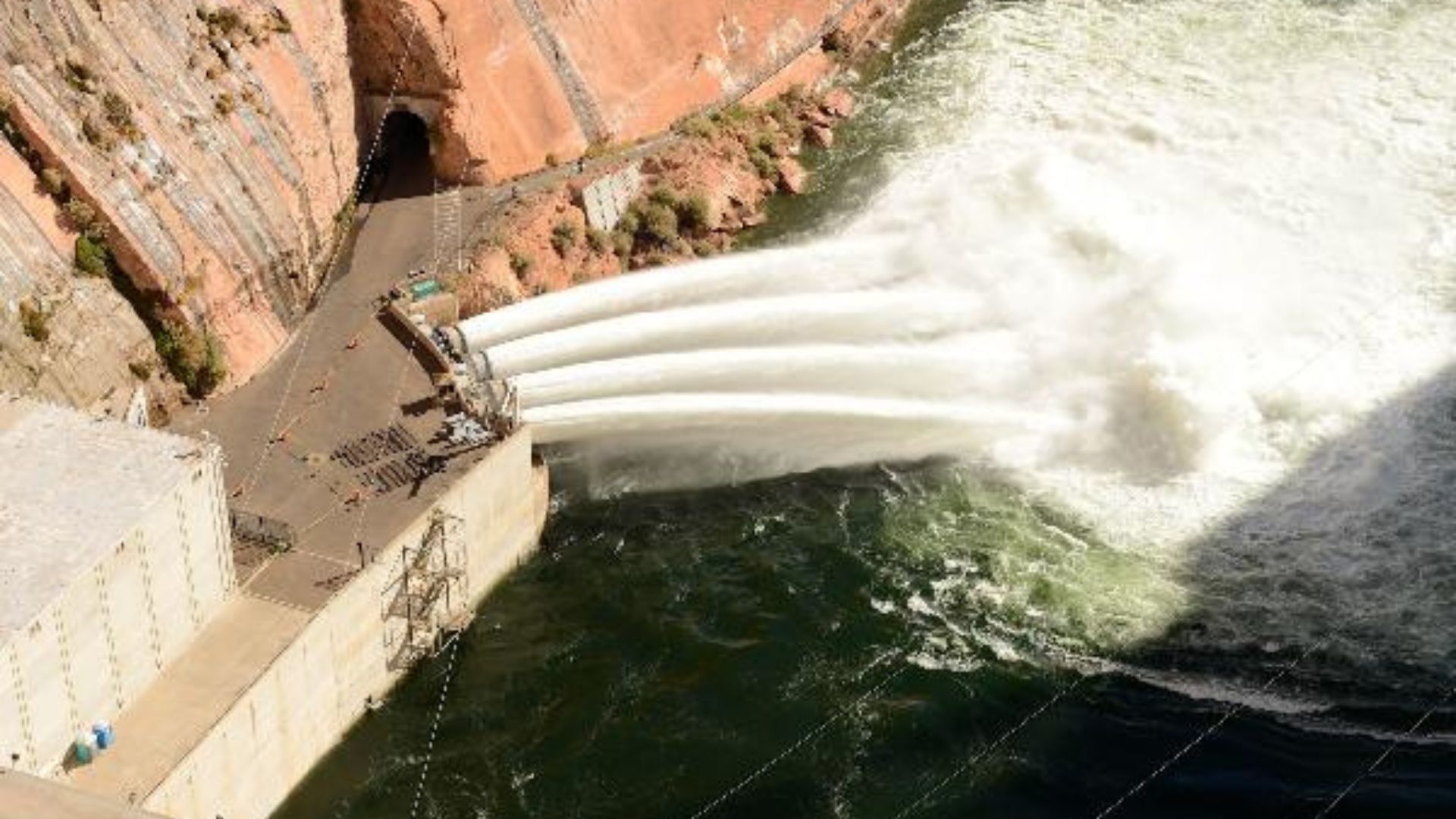
The damage will threaten the water limit that the dam holds back from the Colorado River. During a routine inspection of the conducting last year, officials noticed cracks when sending bursts of water into the Grand Canyon.
The damage was seen in four 8-foot-wide steel tubes that allows water to pass through the dam and into Arizona. The dam refills Lake Powell when it reaches low levels.
Impact of Damage on Lake Powell
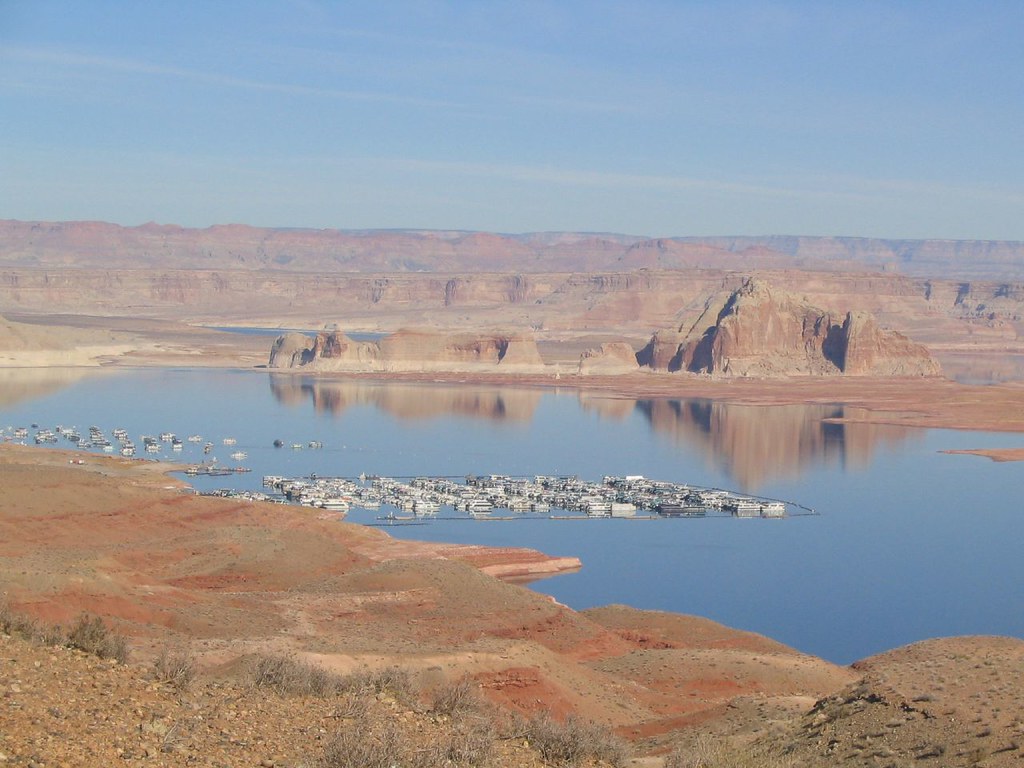
Per the LA Times, JB Hamby highlighted a striking risk: “Because of the dam’s design, there are real structural risks under low elevations that could potentially leave stranded as much water in Lake Powell as California’s largest reservoir, Lake Shasta.”
This scenario emphasizes the severe implications of the damage.
Multiple Issues Affecting Water Flow in the Dam
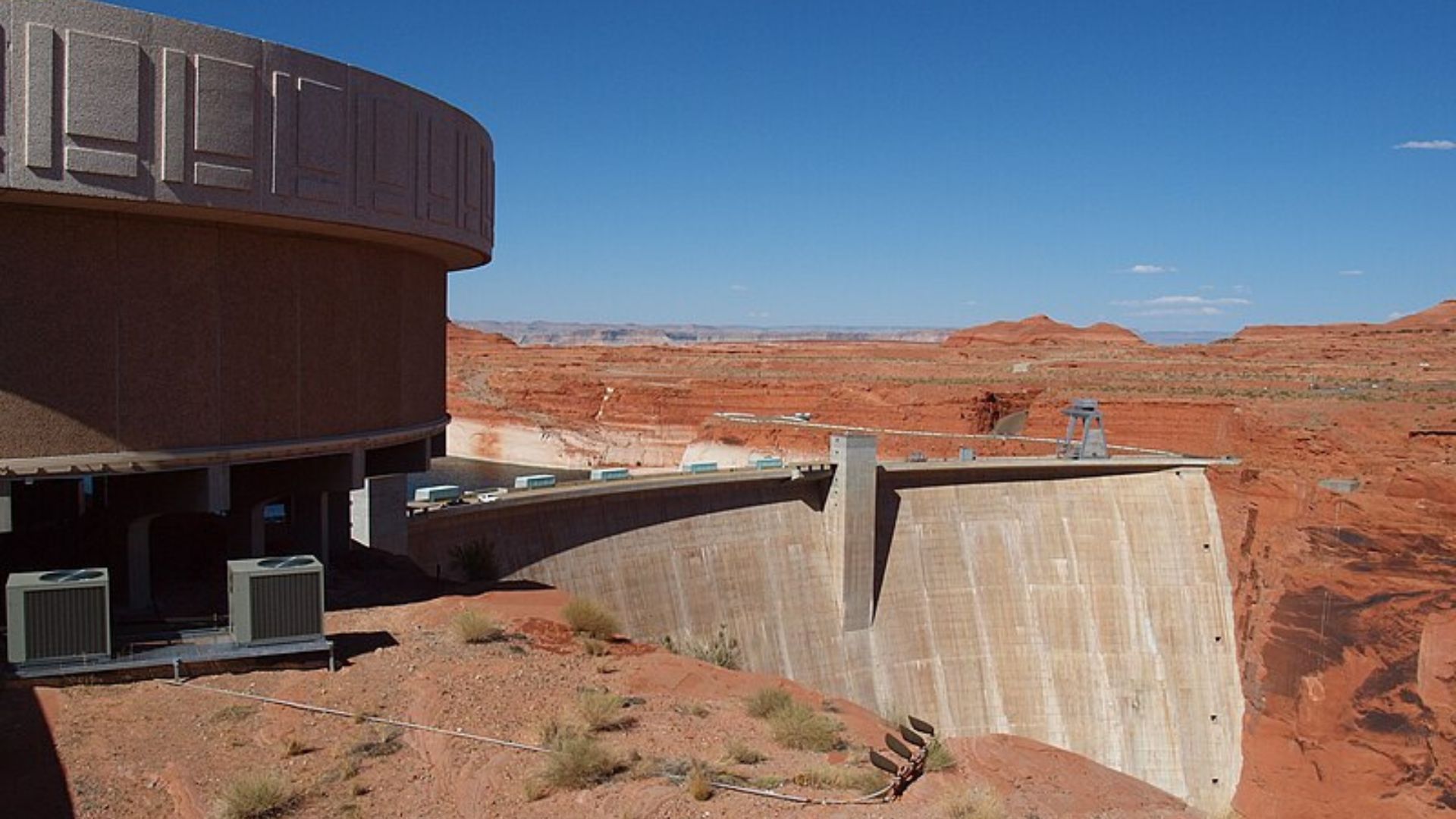
During a meeting in Arizona last month, the general manager of the Central Arizona Project, Brenda Burman, brought diagrams outlining the damage to the attention of the group.
During the meeting, Burman noted that officials found sediment thinning in pipes and cavitation. Cavitation occurs when air bubbles collect in pipes. These bubbles can cause further damage with propellers, pumps, and other mechanisms.
Bureau of Reclamation’s Immediate Response

Upon discovering the damage, the Bureau of Reclamation moved quickly to assess the situation.
Richard LaFond, director of the agency’s Technical Service Center, noted, “There are concerns with relying on the river outlet works,” pushing the agency to prioritize immediate and thorough investigations (via the LA Times).
Scientific Analysis of Dam Safety

Experts are now using scale models to predict how repairs might mitigate further damage.
This approach allows engineers to simulate various scenarios and develop solutions that ensure the dam’s structural integrity and operational capacity continue to support the region.
Ongoing Infrastructure Issues
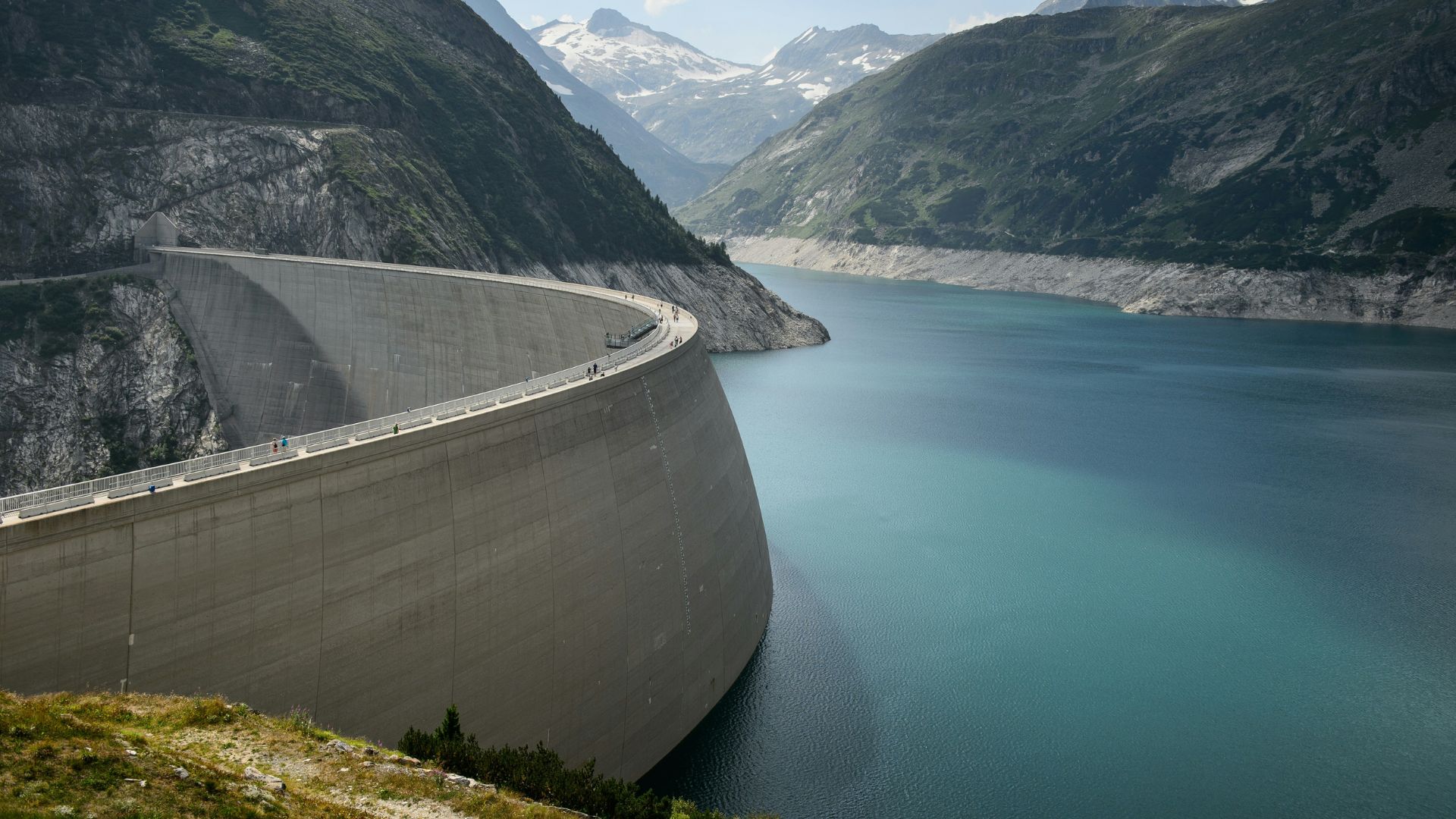
The cracks in the dam are another concern with the deteriorating infrastructure in the United States.
Dams generally have a lifespan of about 50-100 years. Many of the dams located in the United States were built in the last century and will need to either be completely replaced to have major upgrades made in the coming decades.
Reducing the Risk of Additional Damage

The federal Bureau of Reclamation has outlined a plan to reduce the flow of water to eliminate any additional damage caused by low reservoir levels.
The damage comes at a time when the Western states are addressing the water issues coming from the Colorado River. The inconsistencies with supply and demand coming from the river are an immediate effect of climate change in the area.
Projected Impacts on Water Delivery
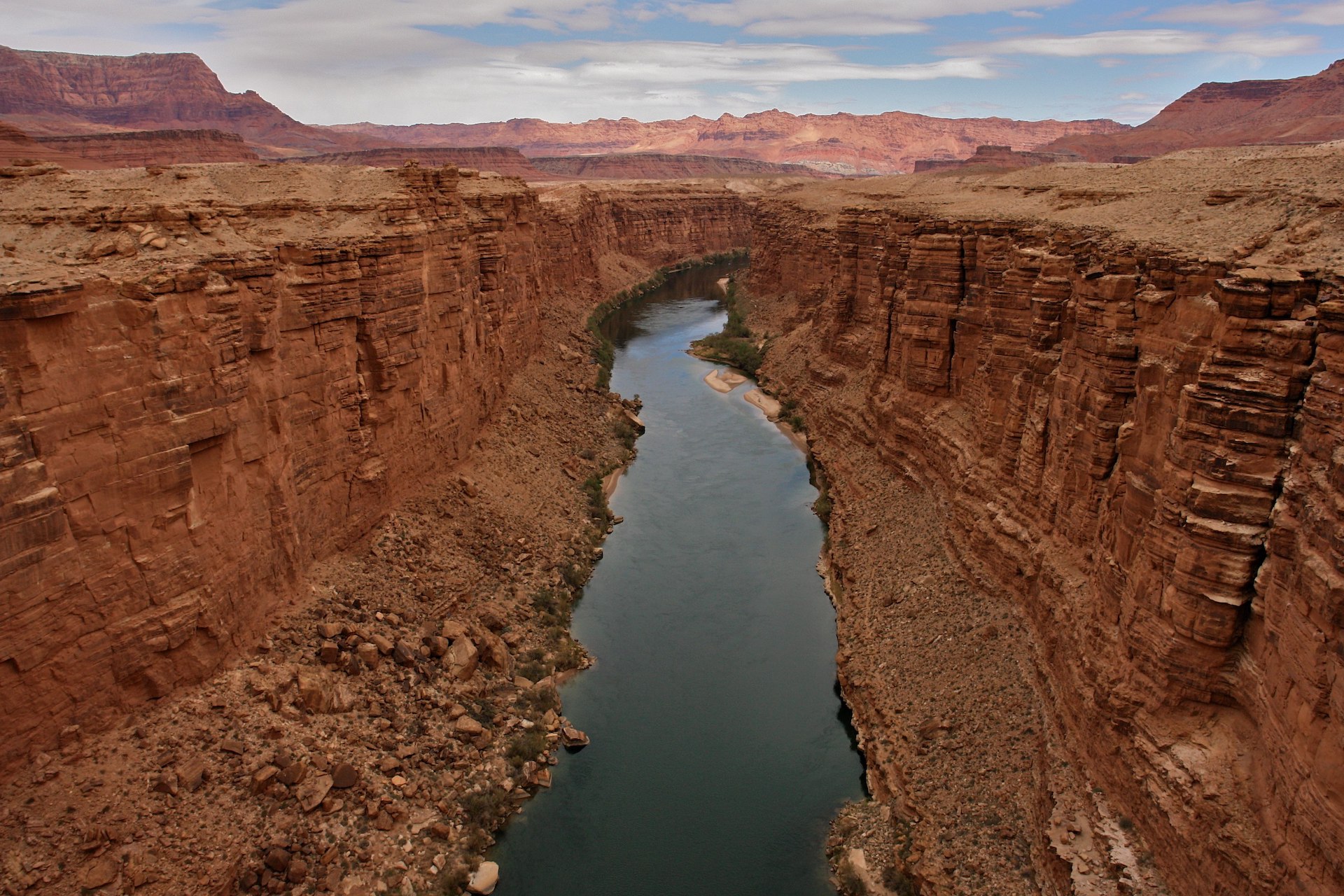
Reduced flow from Glen Canyon Dam could drastically cut water deliveries to the lower basin states.
This would not only affect agricultural yields but also strain urban water supplies across southwest states, escalating regional water crises.
Unexpected Cuts Can Cause Droughts in Western States
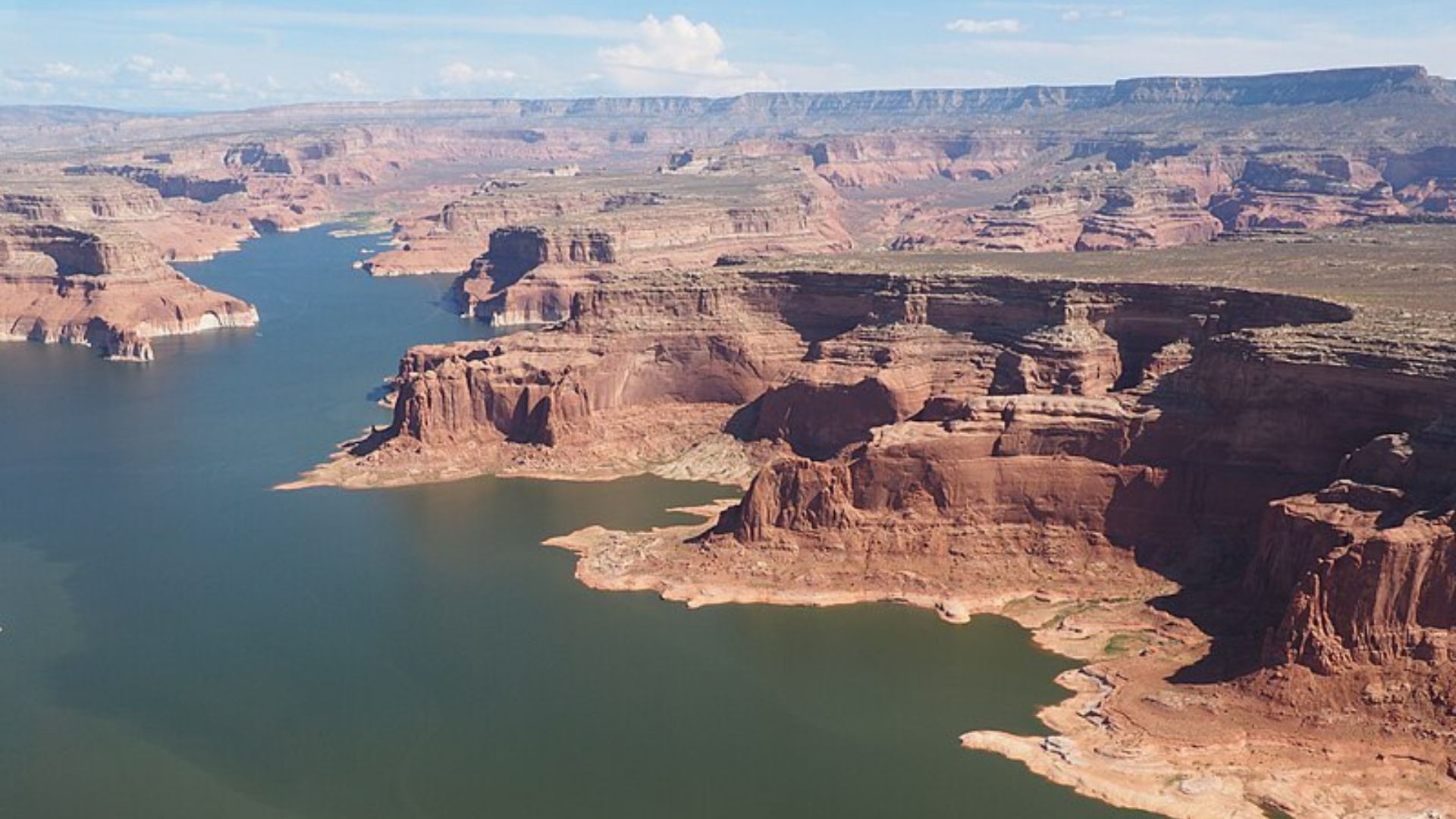
The low lying water levels can cause water to become stranded in Lake Powell.
The issue with water flow could cause sudden cuts to water deliveries in California, Nevada, Arizona, and Mexico. The dam also supplies hydro-electric power to millions of people throughout the Southwest United States.
Solutions Will Affect Certain States

One proposed solution by officials will reduce the water being sent to the lower four states. However, this proposition would be defeated by the 1922 Colorado River Compact. The law that guarantees the states in the lower basin receive a specific quantity of water each year.
The other solution includes affecting the water supply from the river’s upper basin: Colorado, Wyoming, Utah, and New Mexico.
Possibilities to Repair the Dam

Instead of cutting water access to any of the states in the path of the upper or lower basin, California’s Colorado River commissioner, JB Hamby, thinks that an engineering solution is the best one.
The next steps are to analyze the potential solutions from an engineering perspective. Dams can be repaired when cracks are detected early without affecting any communities.
Long-term Strategies and Negotiations
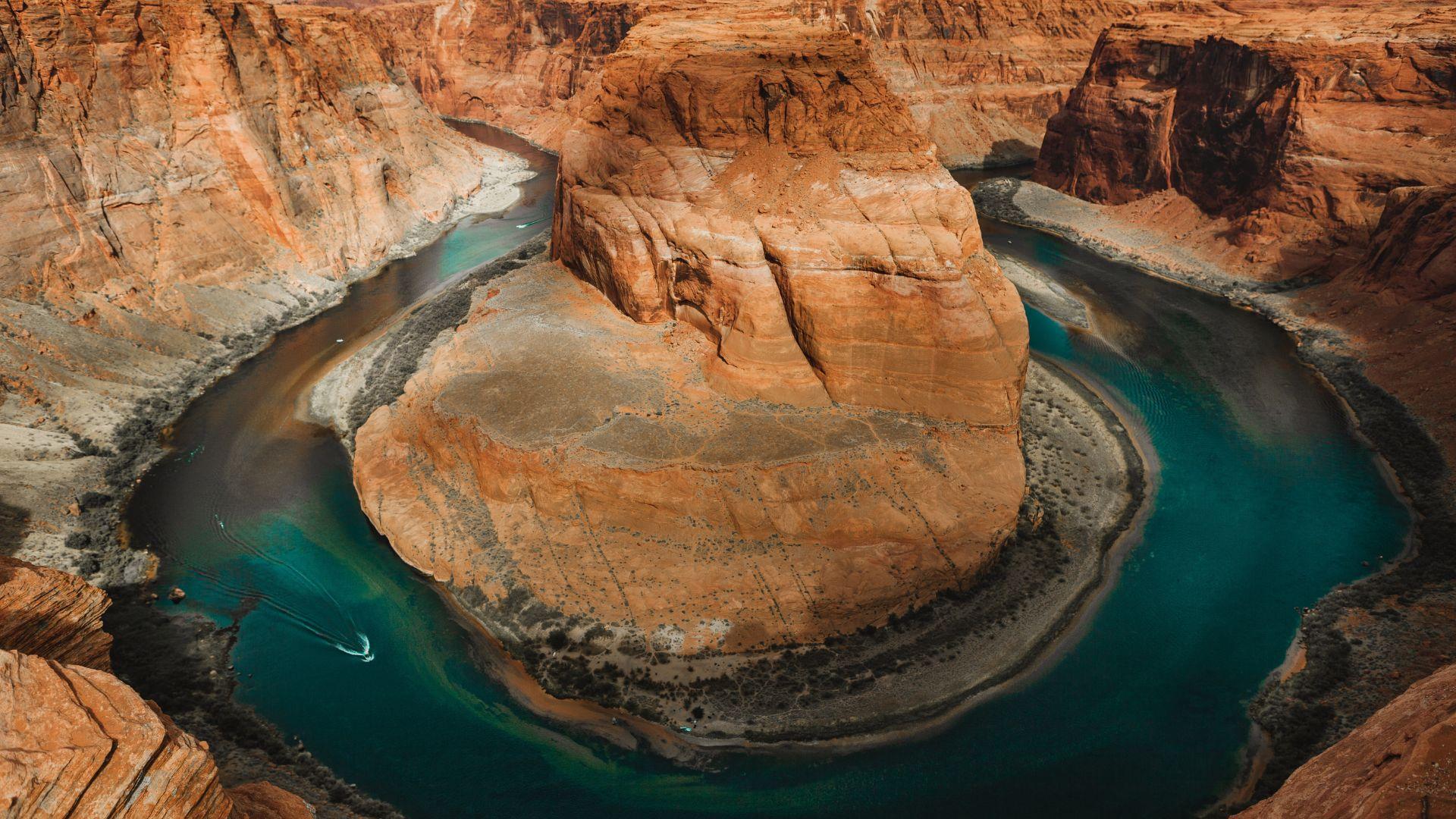
JB Hamby expressed urgency in addressing the dam’s issues: “An engineering solution is preferable to both of those options” (via the LA Times).
His statement showcases the ongoing negotiations aimed at developing sustainable water management strategies among the seven Western states.
Analysis of Infrastructure Challenges
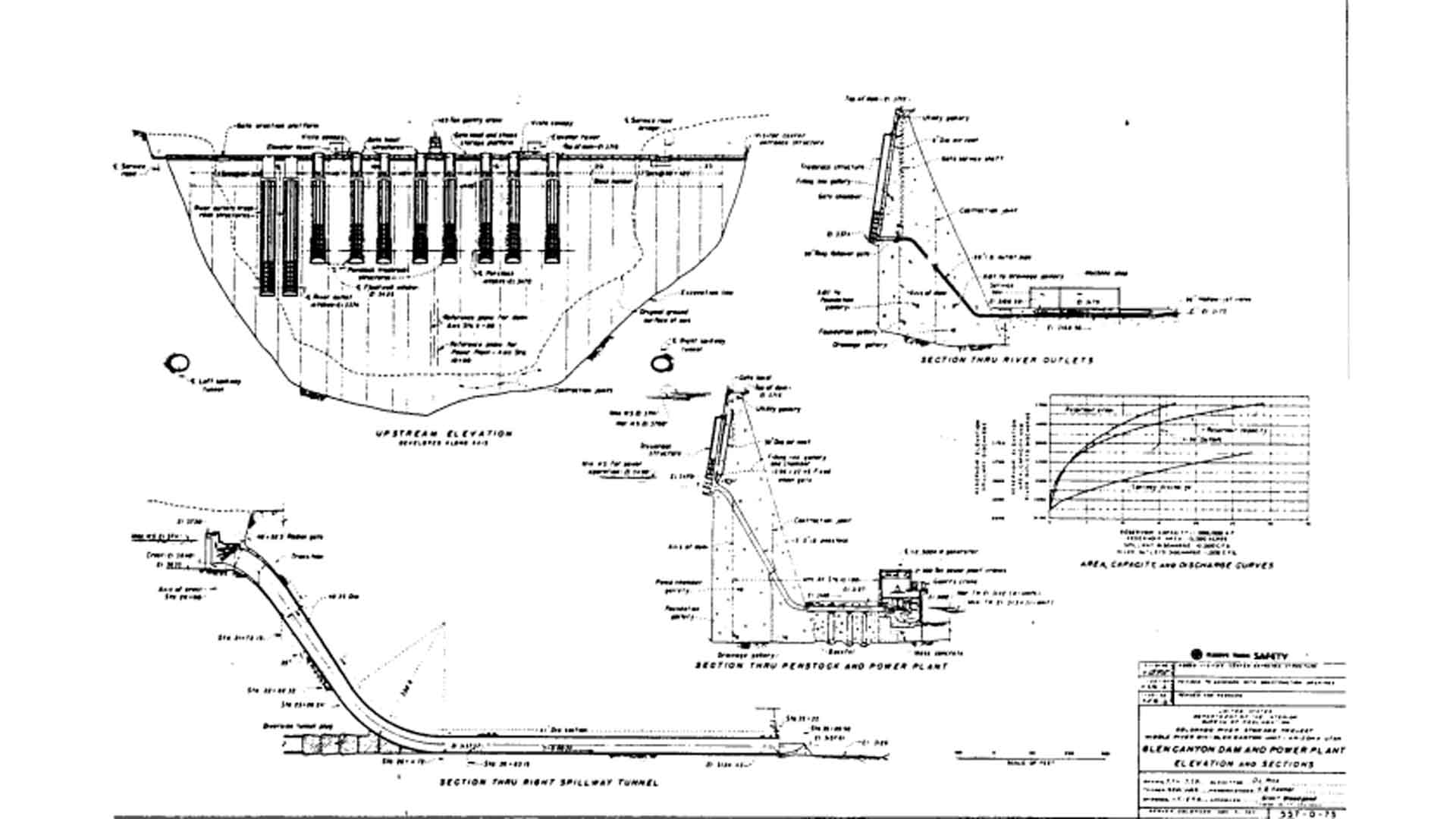
“The infrastructure problems in one of the country’s largest dams have created new complications,” stated JB Hamby (via the LA Times), emphasizing the complexity of addressing the dam’s deteriorating conditions amidst ongoing negotiations.
This scenario demands innovative solutions that balance engineering feasibility with the legal and environmental ramifications of altering water flow.
Economic Implications of Dam Repair

Repairing Glen Canyon Dam could be costly, with expenses potentially impacting water rates and state budgets.
Stakeholders must weigh these costs against the economic and environmental consequences of inaction, considering long-term sustainability and reliability.
Counting on the Bureau of Reclamation
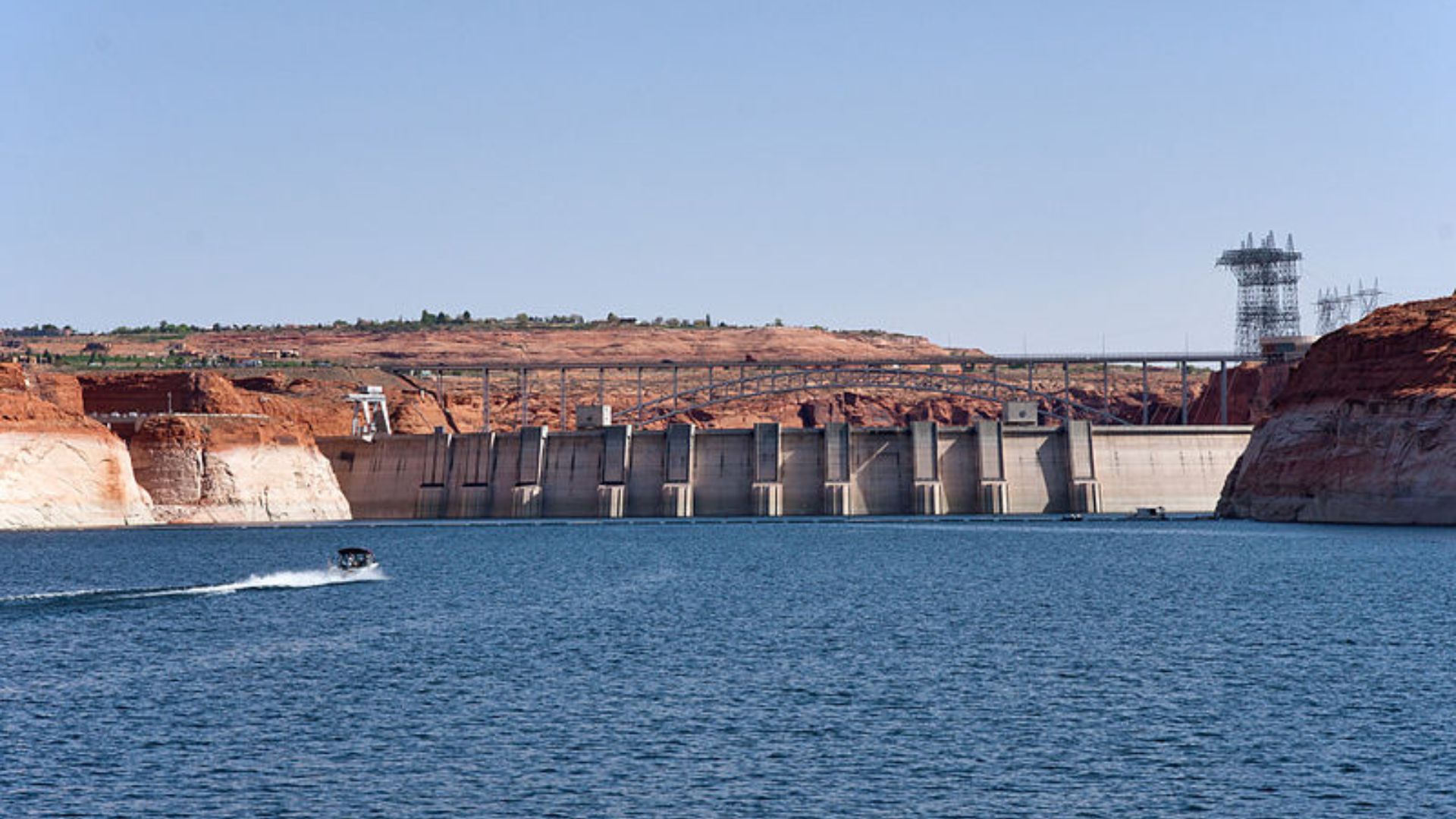
Burman and other officials have called on the Bureau of Reclamation to come up with creative engineering solutions to the problems.
It is currently unknown the cost or time frame for the repairs to take place. As reported by the Arizona Daily Star, the damage could be extensive and needs to be dealt with quickly.
Role of Climate Change in Water Management

Global warming has significantly influenced the Colorado River’s flow (via AGU), contributing to more severe and frequent droughts.
These conditions put additional pressure on already strained water resources, necessitating adjustments in both dam operations and broader water management policies.
Global Warming Directly Affecting the River Levels
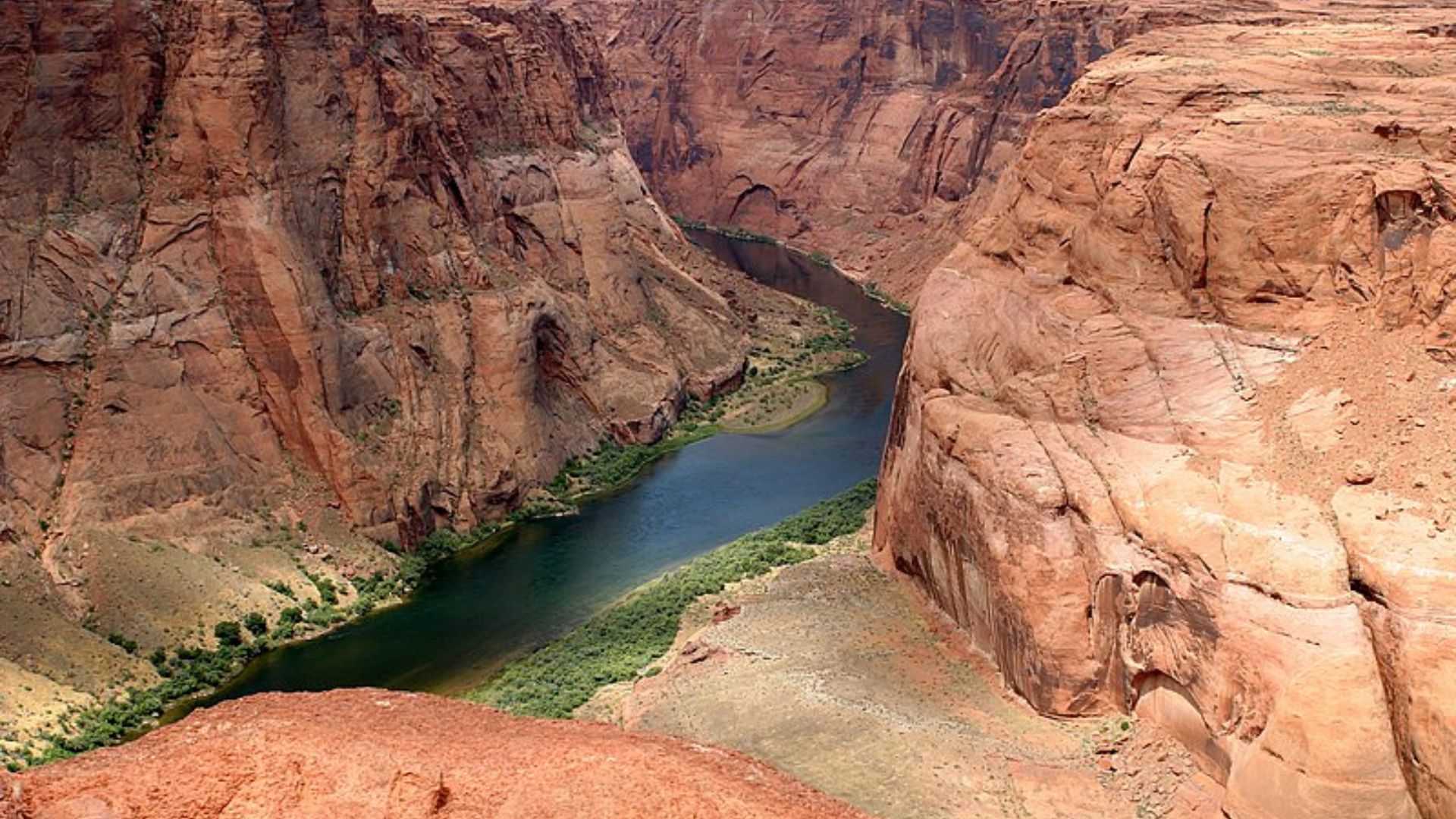
Since 2000, the average flow and levels of the Colorado River has dramatically declined. The river supplies water to cities, farms, and tribal nations across seven states and northern Mexico.
Global warming has intensified throughout the past two decades and has caused several droughts throughout the area. Water levels have been declining steadily over the years due to inconsistent weather patterns.
Agencies Planning Pipe Relocation
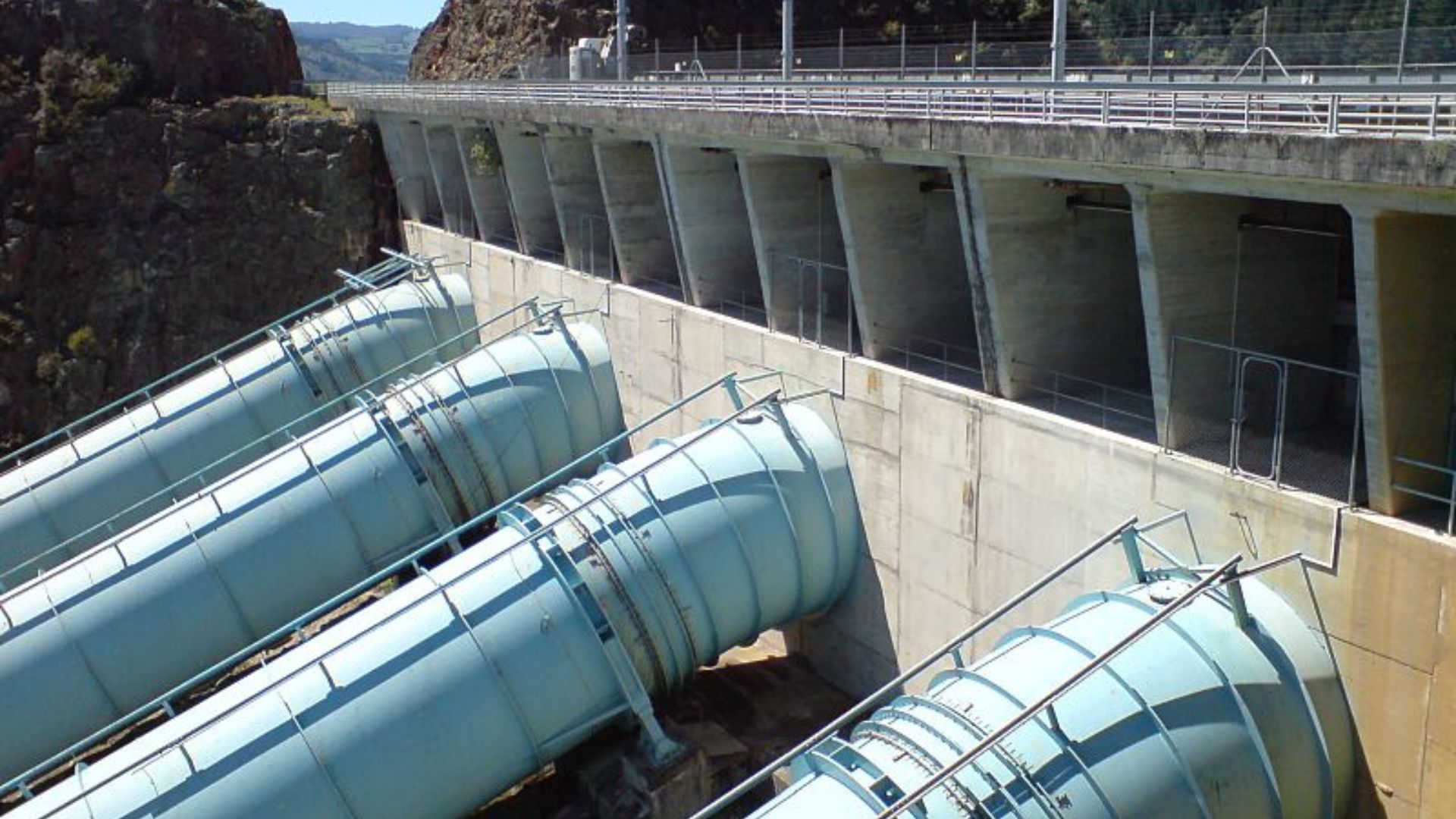
The Bureau of Reclamation says that they still need more time to calculate the specifics of the issues in laboratory settings, but that they will most likely need to relocate some of the pipes.
However, the price for this costly fix has yet to be determined.
Environmental Activists Urge Officials To Drain the Dam
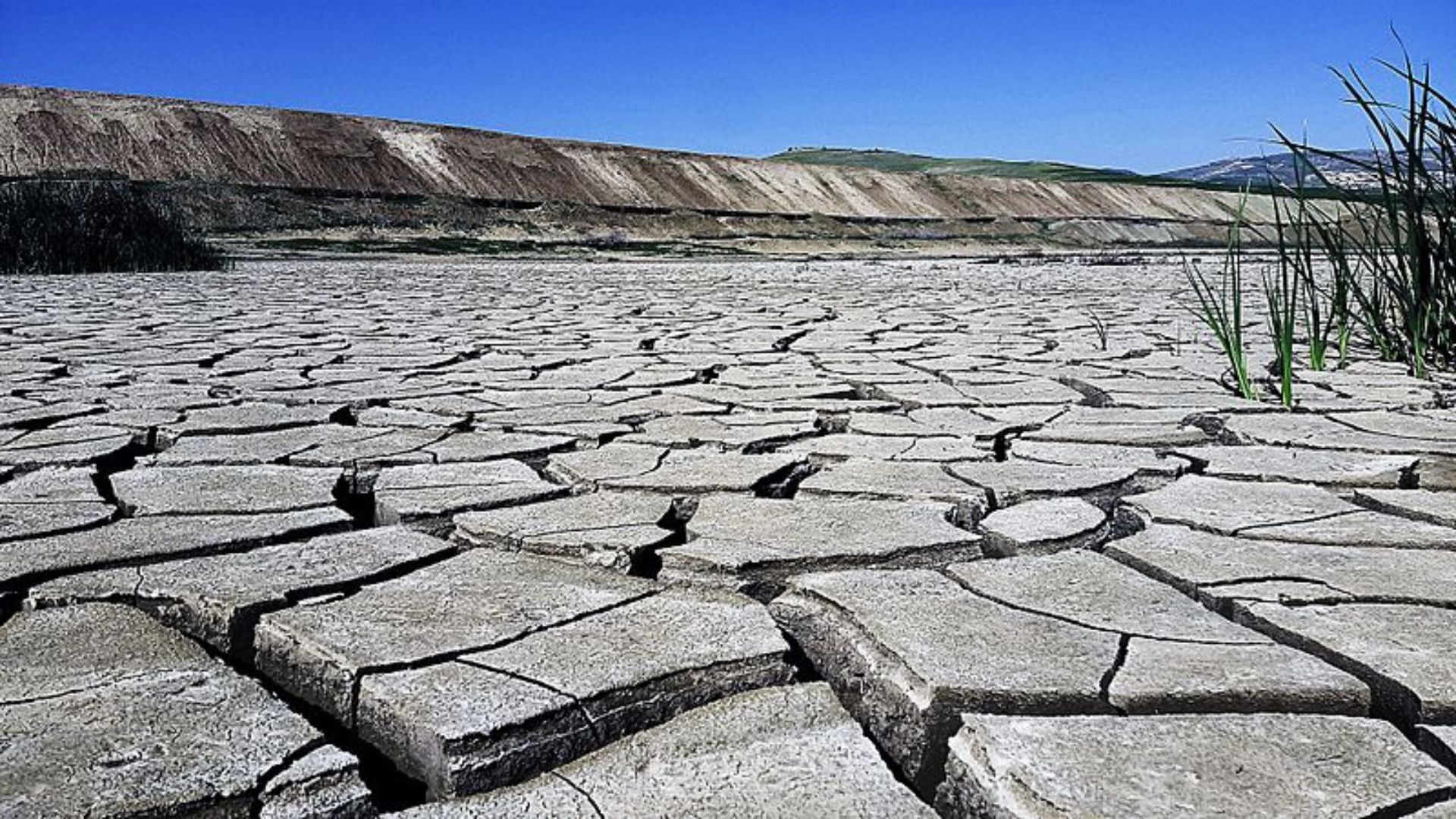
For years, environmental groups have warned officials that if the dam is not drained, serious water shortages will be experienced in the Southwestern United States.
More than 25 million people are at risk of experiencing water shortages during one of the hottest summers on record. Activists urge officials to come up with an alternate solution and do away with the dam entirely.
Community and Environmental Impact

Kyle Roerink from the Great Basin Water Network emphasizes the broader implications: “We need the bureau to step up and help us all have a better idea of how to fix it” (via the LA Times).
His concerns highlight the need for transparent discussions about the dam’s sustainability and its impact on downstream communities.
Future of Glen Canyon Dam
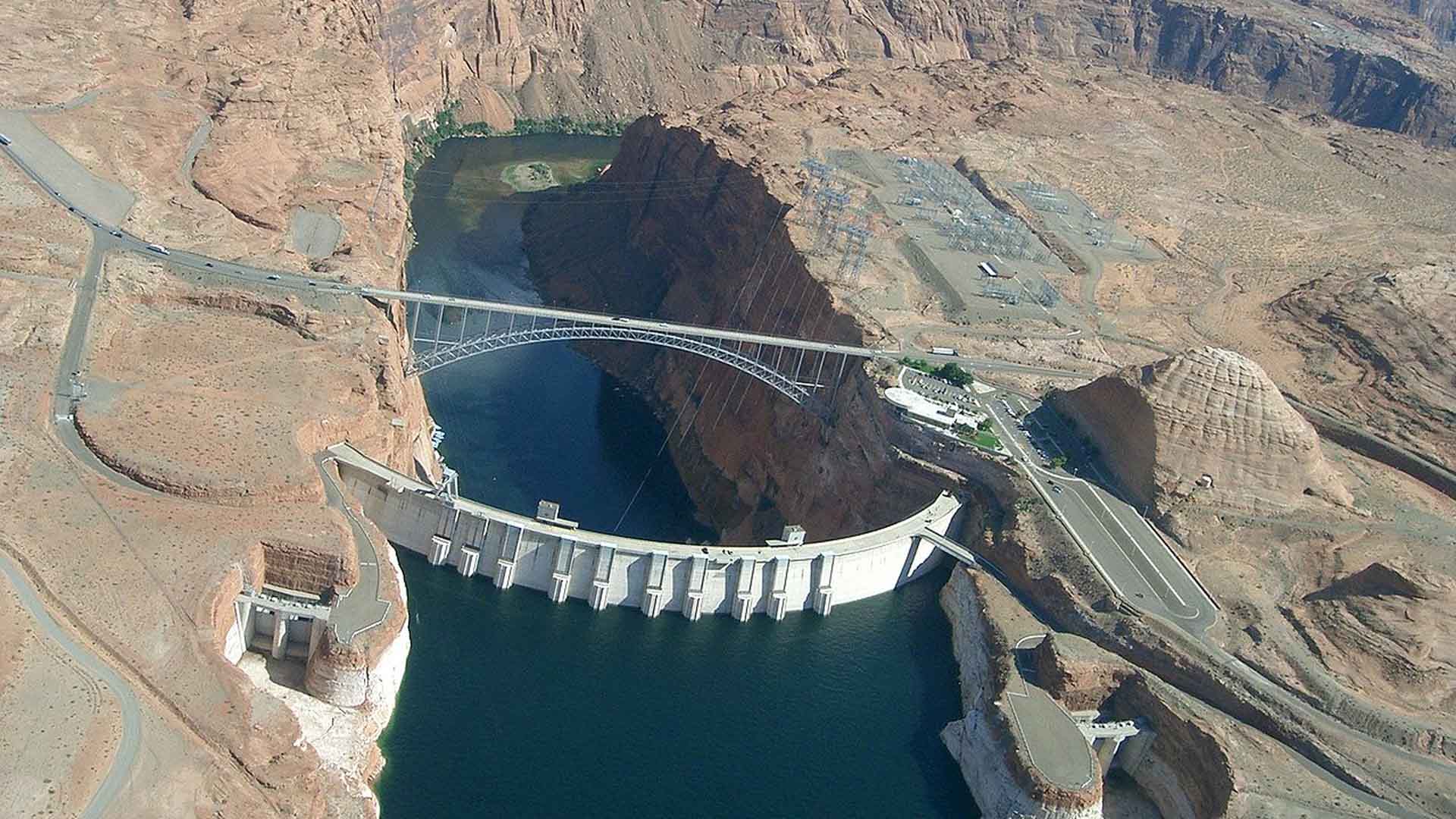
As forr the future of Glen Canyon Dam, it’s crucial to engage the public in discussions about its role and potential modifications.
An open federal review could help clarify the situation, fostering a collective understanding of the challenges and possible solutions to ensure the dam continues to benefit the Southwest effectively.
Historical Water Management Practices on the Colorado River
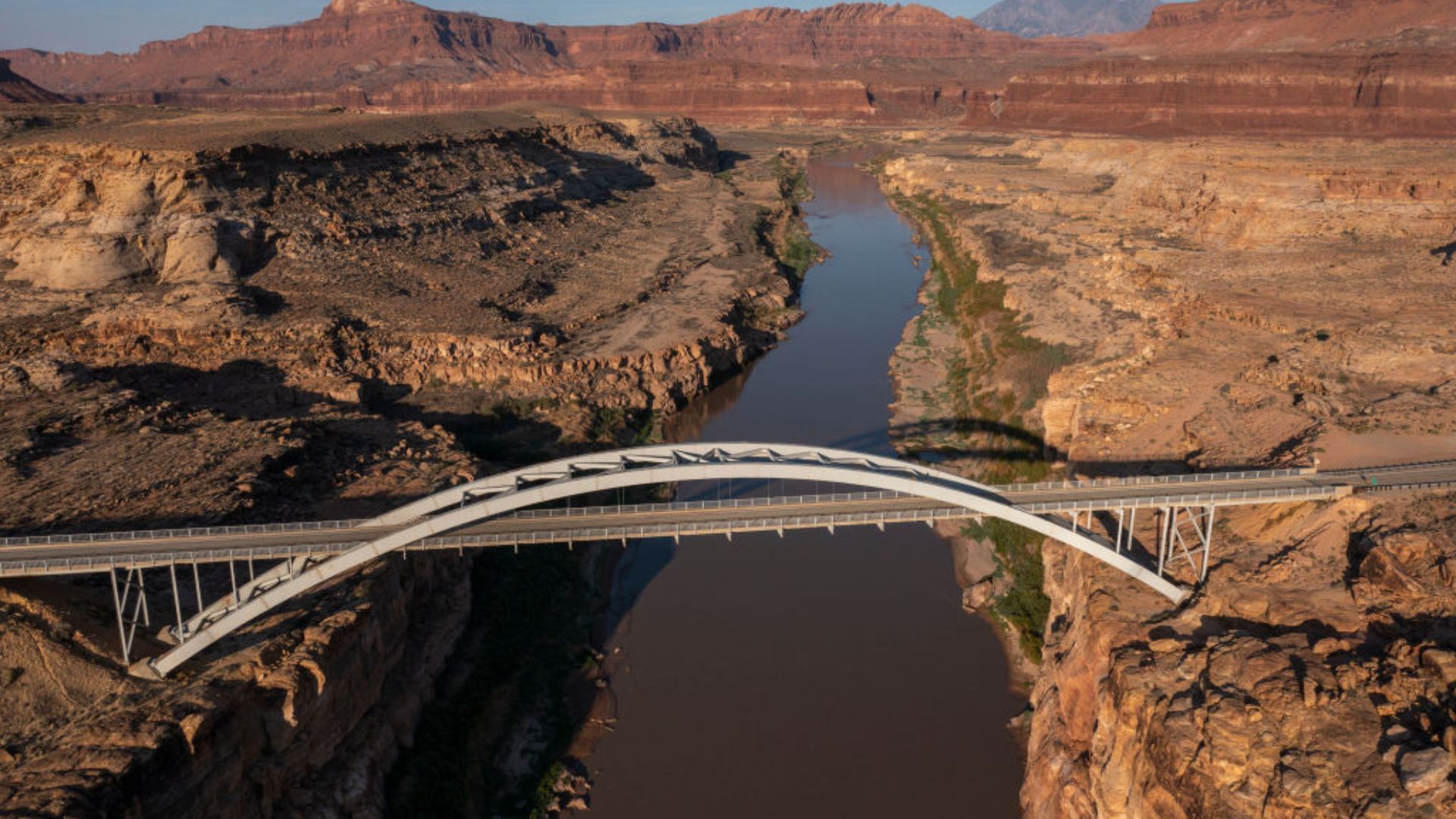
The Colorado River has been central to water policy development in the Southwest since the 20th century. Initially, the river was managed primarily for agricultural irrigation and urban water supply (via the University of Arizona).
Over time, the focus expanded to include environmental and recreational considerations. These shifts changed priorities and the complexity of water management in the region.
Analyzing Historical Management Outcomes
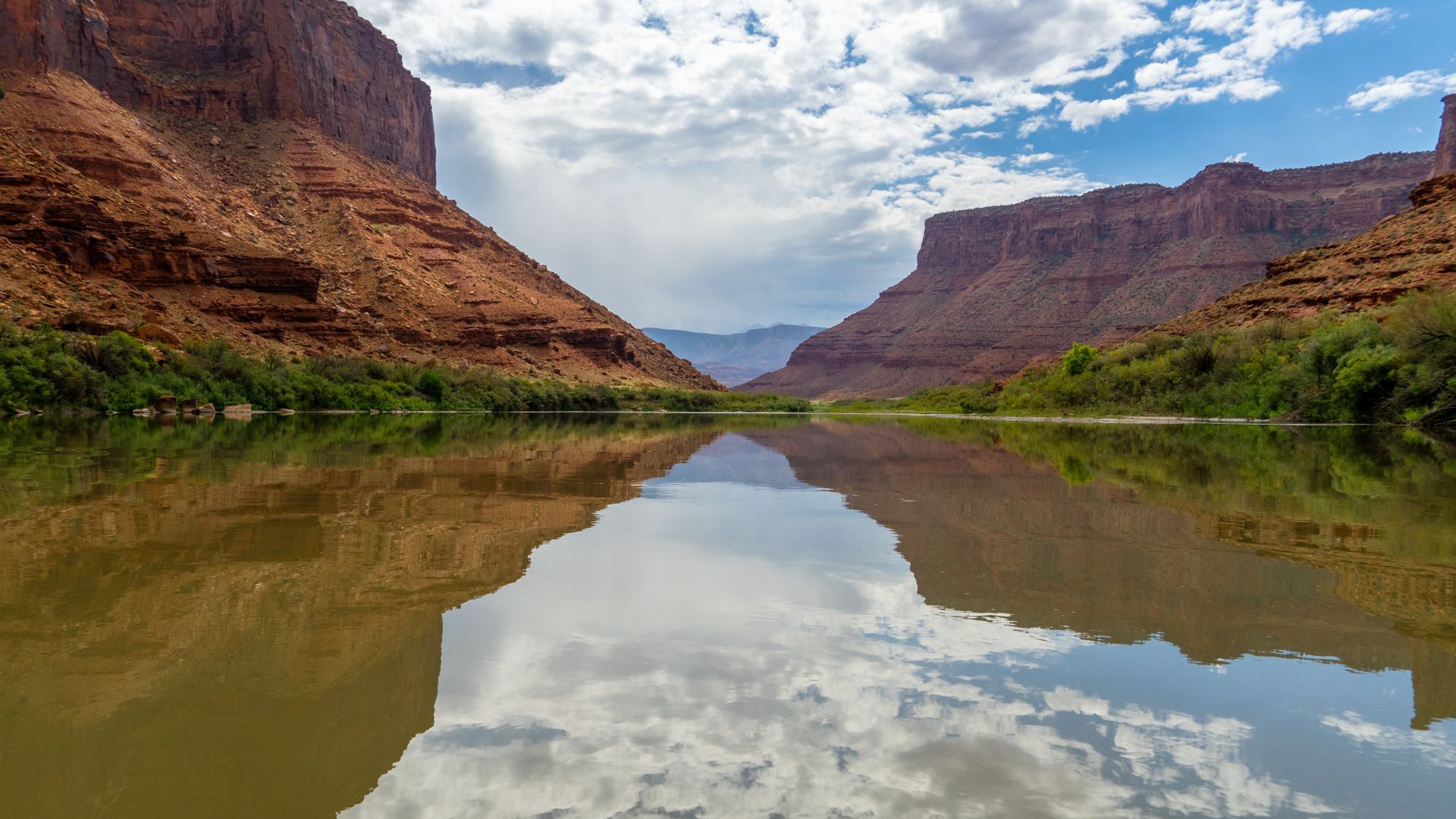
Historical management strategies of the Colorado River have seen both notable successes and significant challenges. Early policies facilitated rapid agricultural development and urban growth but often at the expense of ecological health.
These experiences highlight the importance of integrating sustainability into current water management practices to avoid past mistakes.
Exploring Alternative Water Sources for Sustainability

As water scarcity worsens, exploring alternative water sources becomes crucial. Desalination, once considered too expensive and energy-intensive, is now viewed as a viable option thanks to advances in technology (via USGS).
Similarly, water recycling programs in urban areas have shown that municipal wastewater can be treated and reused for various non-potable purposes (via the EPA).
Potential of Desalination in the Southwest
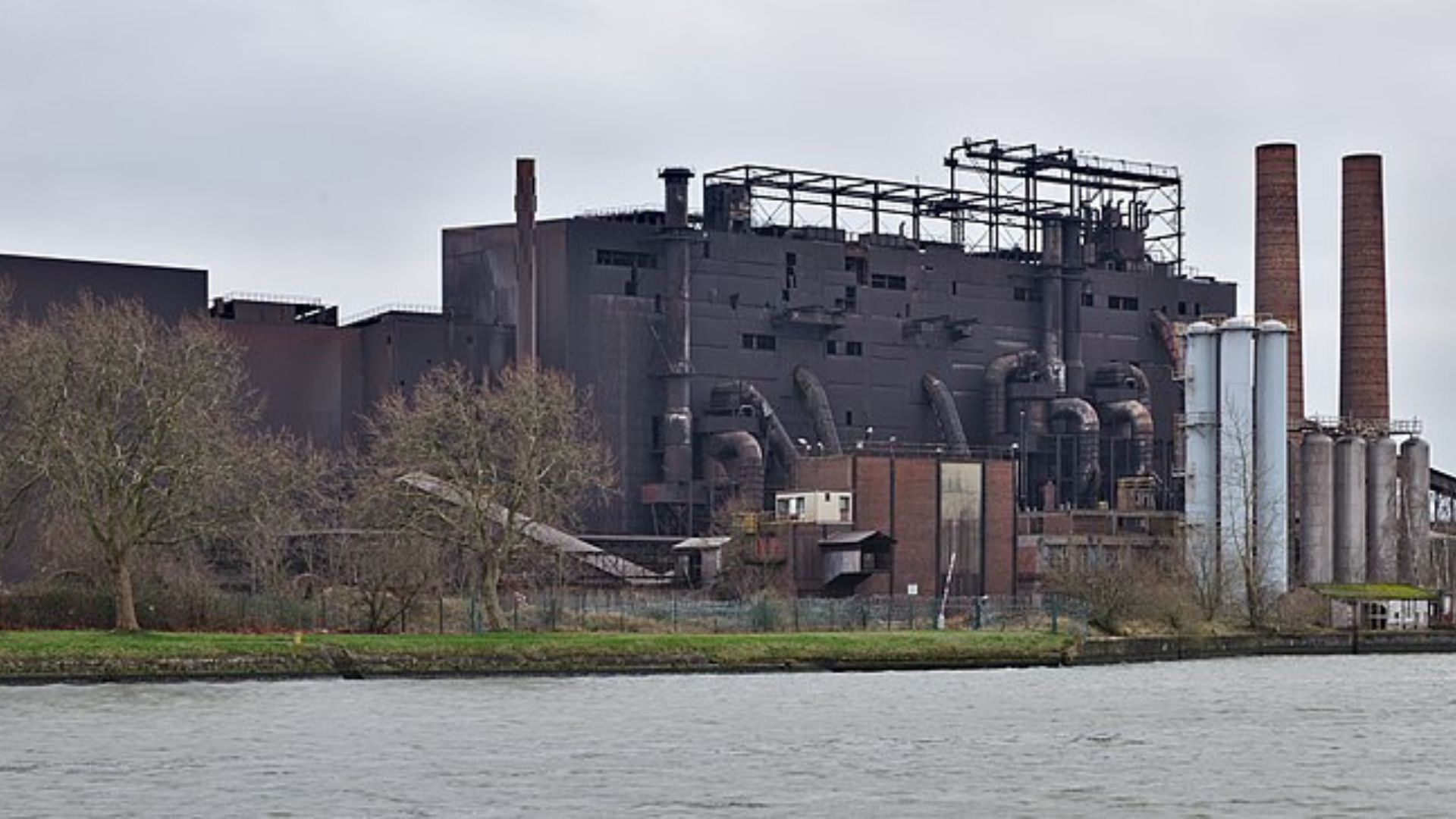
Desalination could significantly bolster water supplies in the Southwest, particularly for coastal cities.
Current pilot projects are assessing the feasibility of large-scale desalination plants that could transform seawater into a reliable water source, albeit with considerations for the environmental impact and energy requirements of such technologies (via the USBR).
Rainwater Harvesting and Water Recycling Initiatives
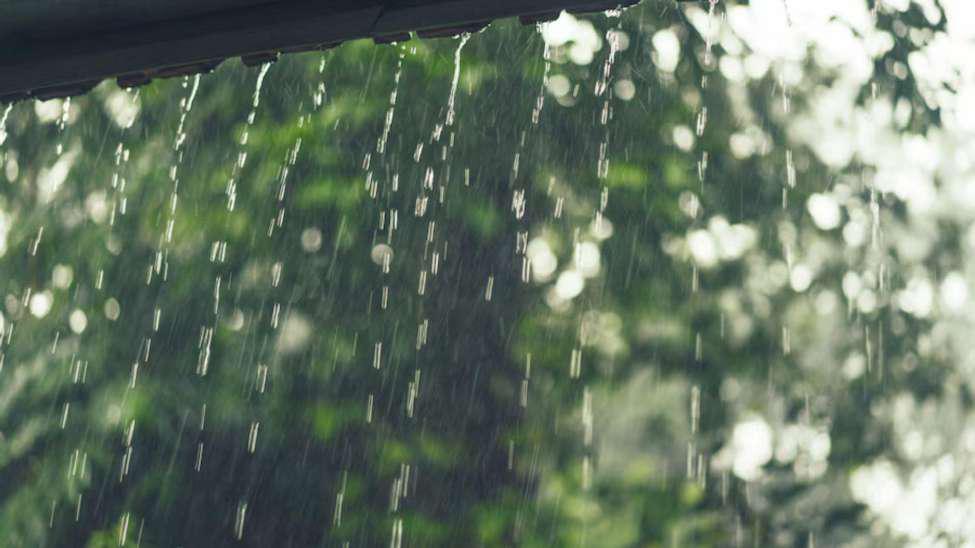
Rainwater harvesting and recycling are becoming essential components of sustainable urban water management.
Cities like San Francisco and Phoenix are implementing systems to capture rainwater for irrigation and street cleaning, reducing dependence on traditional water supplies and alleviating pressure on the Colorado River.
Advanced Technologies for Dam Safety Monitoring

Innovative technologies such as real-time data monitoring and structural health monitoring systems are revolutionizing dam safety practices (via Encardio Rite).
These tools allow for early detection of potential failures, facilitating timely maintenance and reducing the risk of catastrophic events.
Drones and AI in Infrastructure Inspection

Drones equipped with high-resolution cameras and sensors are now routinely used to inspect hard-to-reach areas of dams, per Skydio.
Combined with AI algorithms that analyze data to predict potential points of failure, these technologies enhance the safety and efficiency of infrastructure management.
Global Comparison of Water Infrastructure Challenges
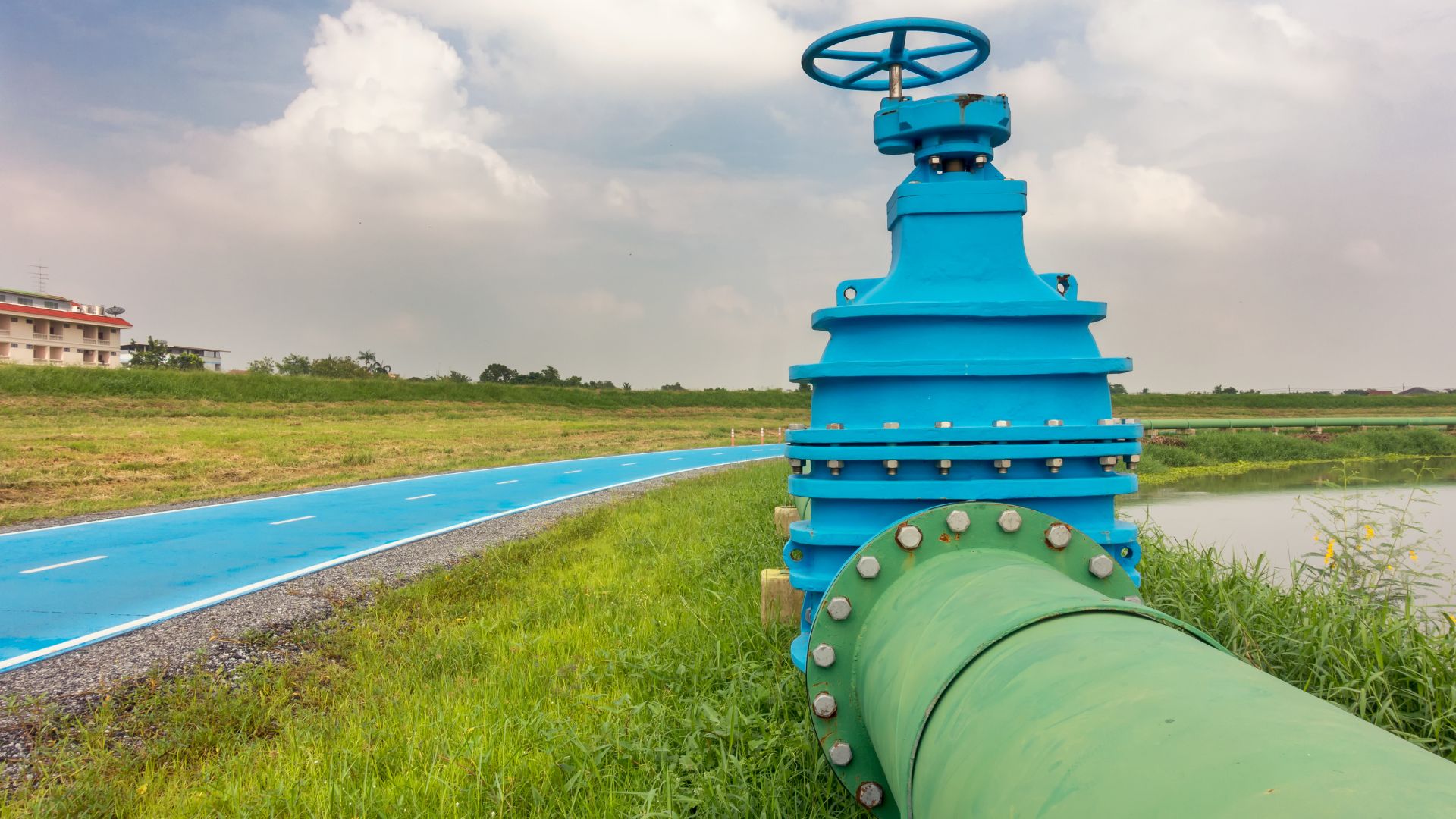
The challenges at Glen Canyon Dam echo those faced by other significant water infrastructures globally.
For instance, the Aswan Dam in Egypt and the Itaipu Dam in Brazil both deal with similar issues of sedimentation, aging infrastructure, and fluctuating water levels due to climate change (via The American Journal of Climate Change).
Learning from International Water Management
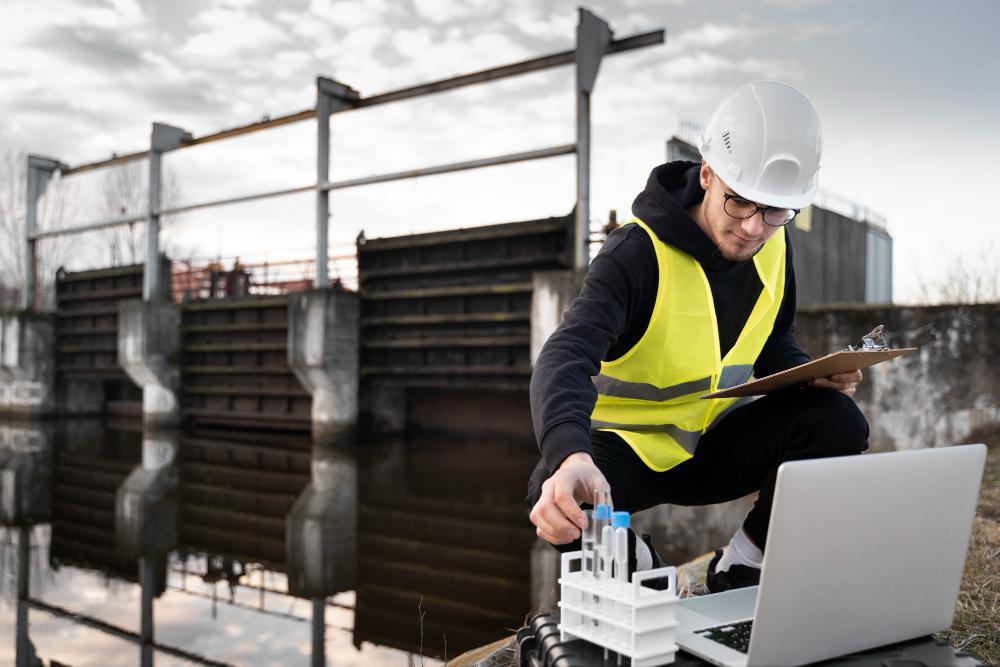
Studying international approaches to dam and river management can offer valuable insights.
For example, the integrated water resource management practices in the Netherlands, where water safety and sustainability are prioritized (via the Government of the Netherlands), could inspire similar approaches in the management of the Colorado River.
Climate Projections and Their Implications for the Southwest

Climate models predict more intense droughts and variability in rainfall in the Southwest (via the NPS), directly affecting the Colorado River’s flow.
These changes require a dynamic approach to water management that can adapt to rapidly changing conditions to ensure water security.
Addressing Future Climate Challenges in Water Management

As the climate continues to change, the strategies for managing the Colorado River’s water resources must evolve.
Enhancing reservoir storage capabilities, improving water-use efficiency, and increasing stakeholder collaboration across state lines will be critical to addressing future challenges.
Reflections on Water Management in the Southwest
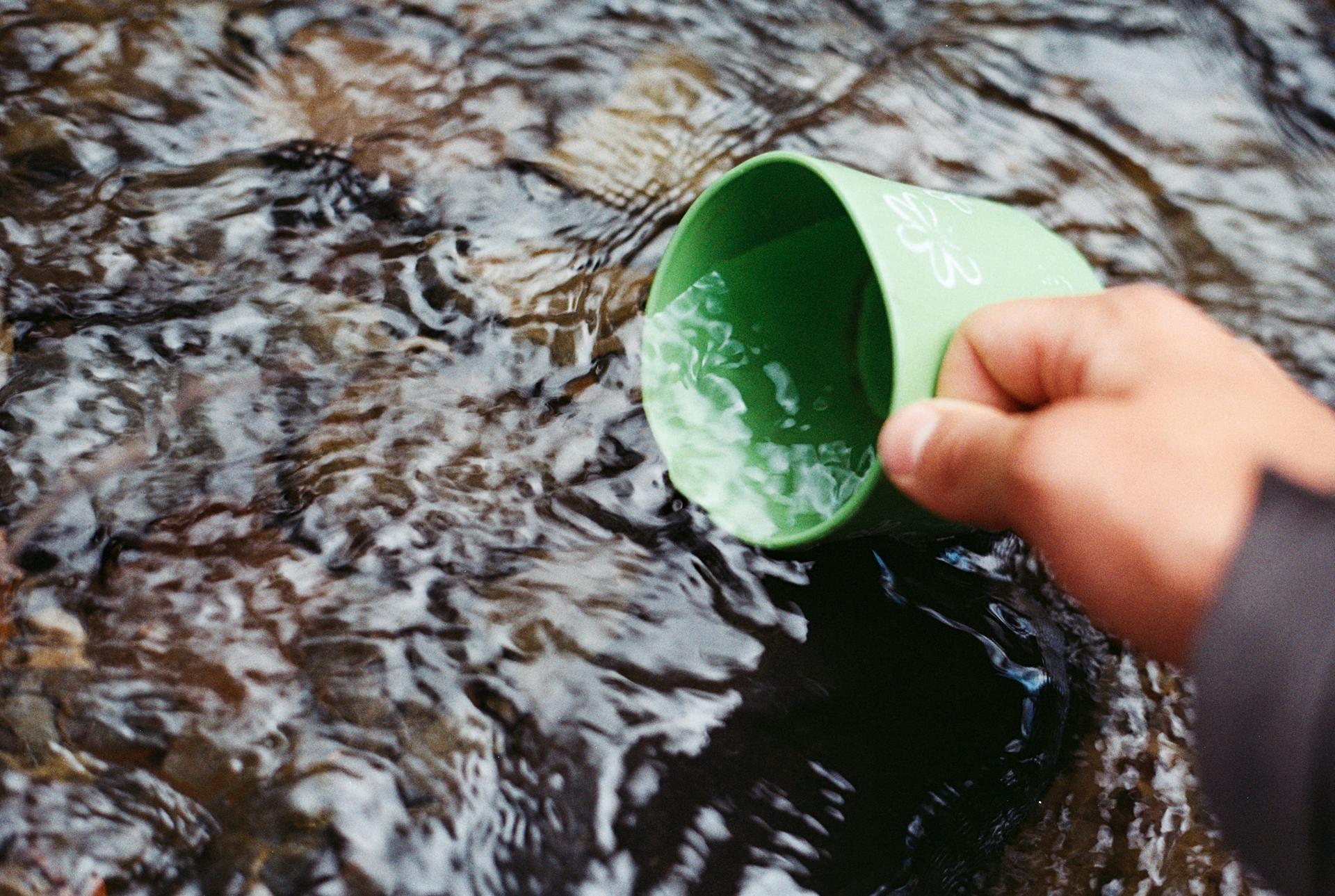
The need for sustainable, adaptive water management strategies in the Southwest has never been more urgent.
Engaging with new technologies, learning from global practices, and preparing for future climate scenarios are essential steps towards securing water resources for future generations in the region.








































